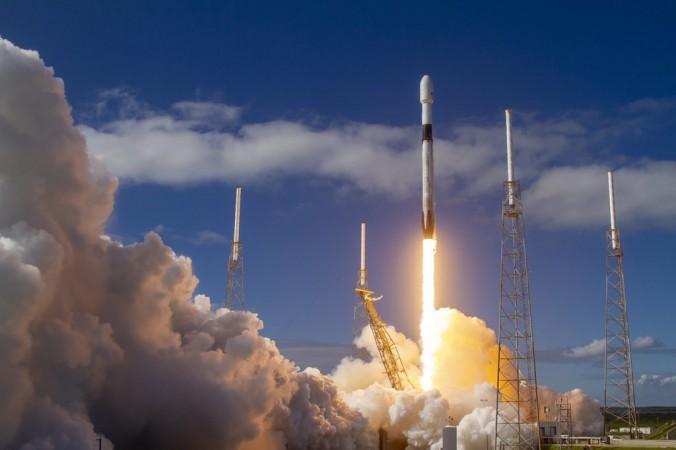In an attempt to provide high-speed internet in all nooks of the world, Elon Musk's SpaceX has started sending Starlink satellites to the earth's orbit. The company has been launching 60 satellites each month, and the latest batch will be launched on May 07. However, astronomers are worried about the possible repercussions earth will face due to this project.
Starlink satellite system worrying astronomers
Even though Elon Musk's Starlink satellite launch is receiving positive responses from all corners, a section of astronomers believes that this project could drastically affect stargazing.

"The Royal Astronomical Society notes with concern the launch of the new SpaceX Starlink constellation of satellites into low-Earth orbit, and the potential impact of this and other programs on views of the night sky and on astronomical research. Increasing the number of satellites so significantly presents a challenge to ground-based astronomy. The deployed networks could make it much harder to obtain images of the sky without the streaks associated with satellites, and thus compromise astronomical research," said Royal Astronomical Society in a statement.
Starlink satellites could trap humans on the earth
Apart from negatively impacting stargazing, several space experts argue that these satellites could affect future space missions, and thus humans will be trapped on earth. As per these experts, thousands of Starlink satellites on the earth's orbit will dramatically increase space debris, and thus rockets launched from the earth's surface will find it hard to escape the planet's orbit.
Current analysis from space agencies like NASA suggests that there could be more than 170 million pieces of space junks in the earth's orbit, but humans have tracked only 22,000 until now.
" The worst case is: You launch all your satellites, you go bankrupt, and they all stay there. Then you have thousands of new satellites without a plan of getting them out of there. And you would have a Kessler-type of a syndrome," Dr Stijin Lemmens, a scientist at the European Space Agency told Scientific American.














